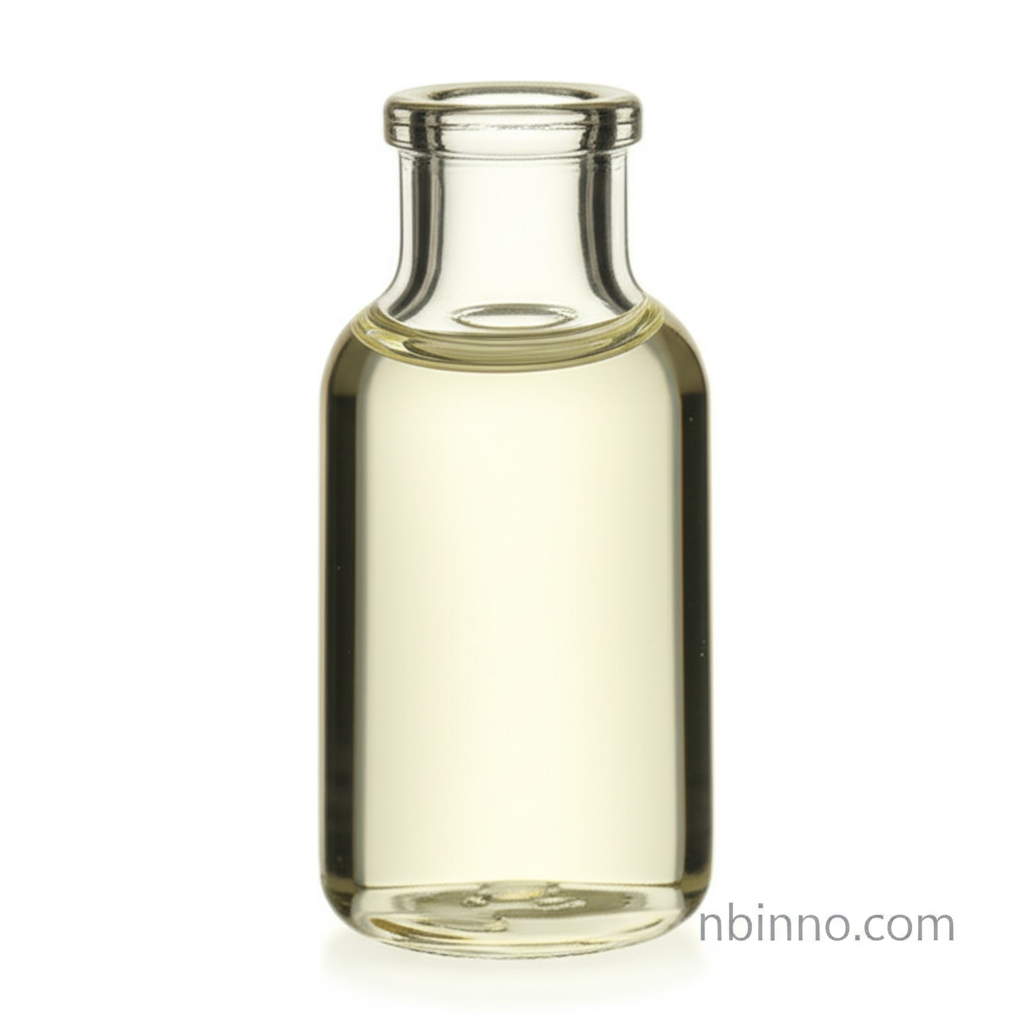Methyl Salicylate: Your Essential Guide to Properties, Uses, and Benefits
Discover the power of methyl salicylate for effective topical pain relief and its aromatic applications.
Get a Quote & SampleProduct Core Value

Methyl Salicylate
Methyl salicylate, also known as oil of wintergreen, is a natural organic ester widely utilized for its potent analgesic and anti-inflammatory properties. This viscous, colorless liquid possesses a distinctive minty aroma, making it a favored ingredient in topical formulations designed to alleviate minor aches and pains. It effectively targets muscle and joint discomfort, providing relief for conditions such as arthritis, sprains, and backaches.
- Experience effective topical pain relief for muscles and joints using methyl salicylate, a key component in many analgesic products.
- Discover the wintergreen oil analgesic uses, known for providing soothing relief to sore muscles and joints.
- Learn about the methyl salicylate anti-inflammatory properties, which help reduce swelling and discomfort.
- Explore the benefits of buying methyl salicylate for liniments, a common application for muscle and joint pain management.
Benefits and Advantages
Effective Pain Relief
Methyl salicylate acts as a counter-irritant, producing a warming sensation that distracts the body from pain signals, thereby offering effective relief from minor aches and pains.
Versatile Applications
Beyond its medicinal uses, its pleasant minty aroma makes it valuable in the fragrance industry and as a flavoring agent in foods and oral care products.
Natural Origin and Synthesis
Naturally occurring in wintergreen plants, it is also synthesized, providing a reliable supply for various industrial and medicinal needs, supporting its availability for therapeutic topical pain relief for muscles and joints.
Key Applications
Topical Analgesics
Widely incorporated into creams, lotions, and patches for topical pain relief for muscles and joints, leveraging its analgesic and warming properties.
Fragrances and Aromas
Its distinctive scent makes it a popular choice in perfumes, cosmetics, and aromatherapy products, contributing to its role as an aromatic compound.
Flavoring Agents
In small, controlled amounts, it enhances the flavor of confectionery, chewing gum, and toothpaste, offering a minty taste.
Chemical Intermediates
Serves as a precursor in the synthesis of other chemicals, demonstrating its versatility in chemical manufacturing processes.
